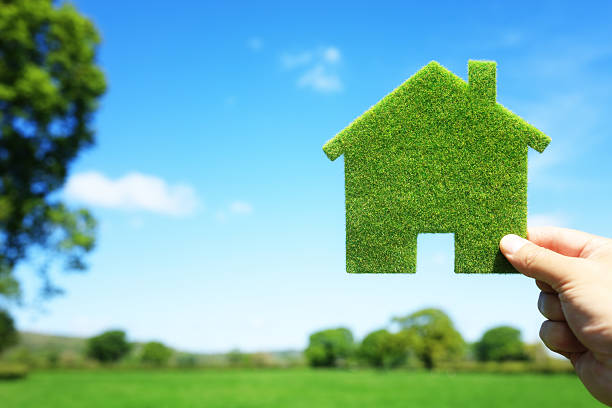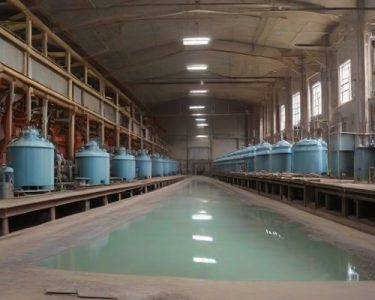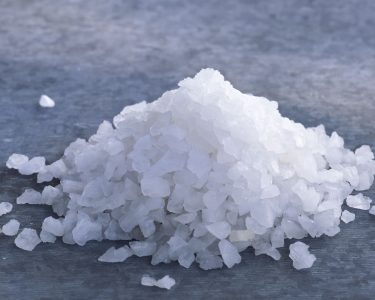The purchase of a house can be one of the greatest investments you ever make and one that can also prove immensely fulfilling! A home is more than a place for shelter; it serves as an anchor in our lives, providing shelter from outside forces while simultaneously creating financial security.
The USDA Rural Development loan gives more Americans the chance to own homes by offering loan programs without a down payment requirement. Finding and qualifying for RHS loans are similar to applying for any other loan, though there may be stricter criteria you must fulfill to meet.
Eligibility Criteria for RHS Loans: Who Qualifies
To qualify for an RHS single-family loan, applicants must meet certain criteria:
- U.S. citizenship or legal residency
- Inability to obtain loans from other sources
- Meeting income limits
- Property size, value, and usage compliance
- Residence in approved rural areas
Individual lenders set and vary the interest rates for RHS loans, but borrowers must not have fallen delinquent on federal debts to qualify.
How does a USDA Loan Work?
The United States Department of Agriculture Loan program offers two types of loans to low to moderate-income families seeking housing in rural or suburban areas within the U.S. All are government-backed and provide them with more affordable pathways toward homeownership.
Homeowners who qualify for USDA loans can use them to build or improve a new home, repair an existing one they currently inhabit, refinance an existing USDA loan into another one, or refinance existing USDA loans into new ones. Borrowers must meet specific income criteria while their location must fall within an eligible rural area for this to work. Approved private lenders require applicants to apply for a guaranteed USDA home loan; applicants can secure direct USDA loans only through their state rural development office.

USDA Loan Credit Score Requirements
Applicants must demonstrate both reliable income and an ability/willingness to repay a loan in full to be considered. There is no minimum credit requirement to qualify for a USDA loan; however, applicants with credit scores of 640 or higher qualify for automated underwriting by the USDA. Those below this mark may still be eligible but will require manual underwriting which could mean more stringent guidelines.
Your lender will consider several items when assessing creditworthiness:
Lenders should carefully assess credit scores, repayment patterns, credit utilization, and length of credit history to determine eligibility. Applicants without established credit may still qualify but typically need to provide alternate verification sources such as rent payments, utility payments, and insurance payments to establish themselves as viable credit applicants. Policies may vary based on lenders and other considerations.
Exploring the Different Types of RHS Loans
Private lenders provide most USDA loans directly, while the Department of Agriculture also offers some programs. There are three main loan options you should explore:
ⓐGuaranteed USDA loans
This single-family housing guaranteed loan program allows approved mortgage lenders to offer 100% financing to low and moderate-income borrowers residing in eligible rural areas who intend to purchase, build, remodel, relocate, or improve a home. Visit the USDA eligibility map to check if the property in which you’re interested meets this criteria.
There are no loan limits, meaning borrowers can borrow any amount, while the USDA will guarantee up to 90% of the loan amount, enabling buyers to put down minimal amounts or none at all and forgo Private Mortgage Insurance (PMI).
ⓑDirect USDA Loan
This single-family housing direct loan issued directly by the USDA targets low and very low-income borrowers who do not qualify for traditional mortgages but lack safe and sanitary housing conditions. Direct loans offer temporary relief on payments so it becomes easier for homeowners to repay the loans more easily.
Direct loans may only be used to purchase primary residences that meet or fall below an area’s loan limits.
ⓒHome Improvement Loans and Grants
The USDA also offers very low-income homeowners loans to repair, improve, or modernize their homes – the maximum loan amount is $40,000. Loan terms last 20 years at 1% interest. In addition to income requirements, full-time residents must occupy their property full-time (i.e. no income-producing properties allowed for refurbishing with these funds) as well as being ineligible for affordable financing through private lenders.
Through this option, homeowners who are 62 years or older can receive up to $10,000 as a grant to address health and safety risks such as a broken furnace or electrical system. Repayment only needs to take place if selling their property within three years. As long as all requirements are fulfilled, homeowners can access up to $50,000 for home repairs and improvements using both loans and grants.

Final Words:
A lot of people can get on the path to financial security and stability by getting RHS Loans and buying a property. If a person meets the requirements and is familiar with their lending alternatives, they may be able to use these programs to buy a house with no money down. Loans, grants, and home improvement loans are just some of the possibilities from the USDA. As a result, more communities thrive and more low- to moderate-income families can buy their own homes.







